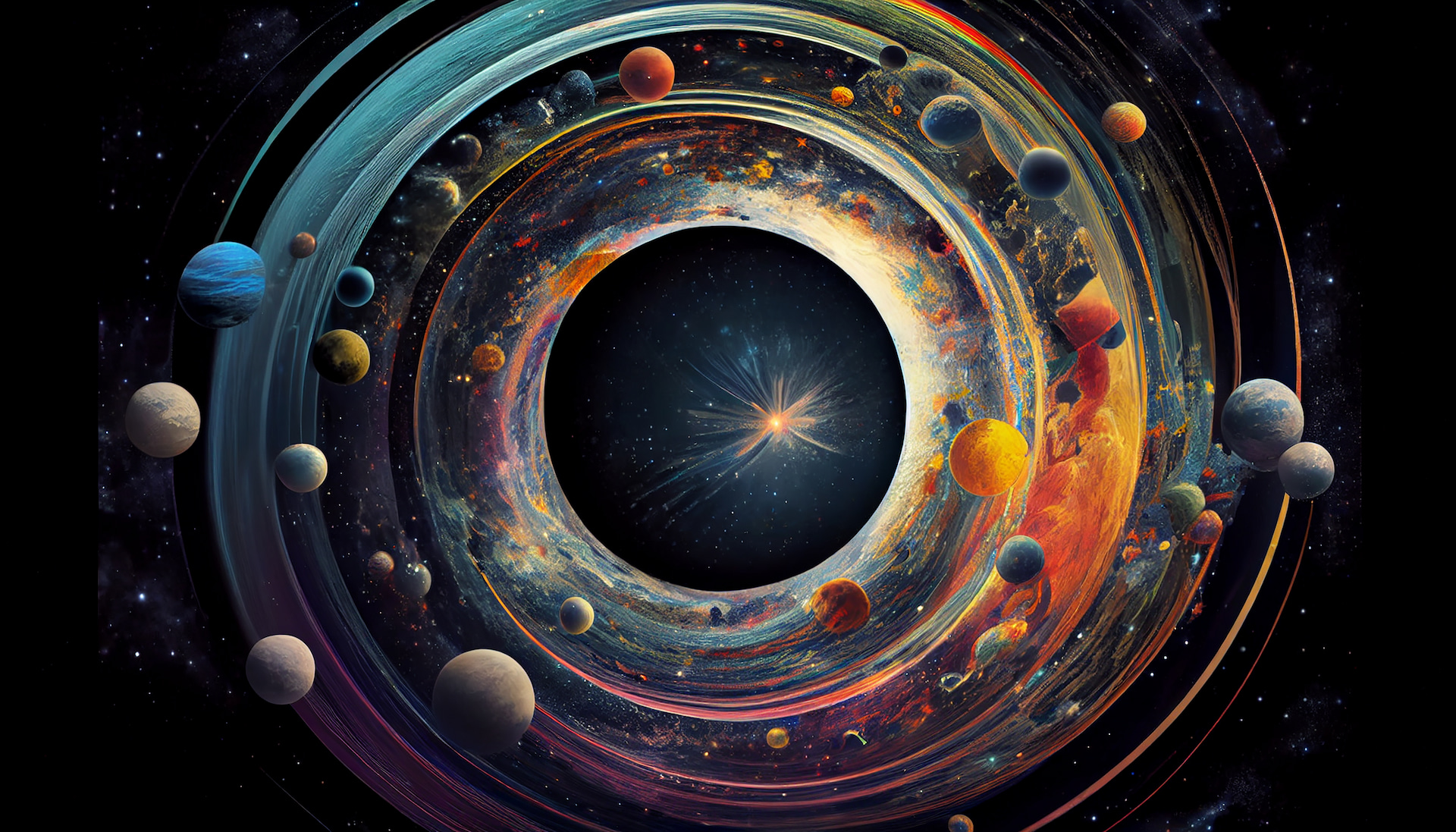|
Getting your Trinity Audio player ready...
|
Each moment, more than 100 trillion neutrinos course through our bodies undetected. Neutrinos are subatomic entities that are plentiful throughout the cosmos. They have a special trait — they seldom interact with other matter, making them elusive and challenging to spot. Investigating neutrinos can offer vital revelations regarding fundamental queries about the cosmos, as they are potential candidates for dark matter.
The Deep Underground Neutrino Experiment (DUNE) is a pioneering international project focused on the exploration of neutrinos. The global research team’s objective is to construct ultra-sensitive apparatus for observing and exploring neutrinos. This ambitious investigation is a collective effort of over 1,700 scientists from 38 nations, unified in their quest to decode the enigmas surrounding neutrinos and enhance our comprehension of the universe’s most elusive particles.
In a recent development, scientists Chris Jackson and Eric Church from the Pacific Northwest National Laboratory (PNNL) authored a paper about a fresh detector design for the DUNE project. Jackson and Church, members of the DUNE project, suggest fine adjustments to the design to bolster sensitivity to physics beyond the initial DUNE concept.
DUNE comprises two neutrino detectors positioned in the globe’s most potent neutrino beam. One resides near the beam source at Fermilab in Illinois. The second, much larger detector is stationed more than a kilometer beneath the surface at the Sanford Underground Research Laboratory in South Dakota, which is 1,300 kilometers downstream of the neutrino source.
The immense scale of the second detector is vital because neutrinos interact so infrequently with matter that enormous volumes of detector material are needed to enhance the odds of capturing neutrino events. The second detector consists of four distinct modules, each roughly triple the size of an Olympic swimming pool. Together, these modules house close to 70,000 tons of liquid argon.
Being notoriously weak interactors, neutrinos engage with the argon nuclei in the detector, generating unique signals that can be recognized and studied. Jackson and Church teamed up with a high school physics educator, Sylvia Munson, to execute simulations for their suggested new detector design named SLoMo (Sanford Underground Low background Module).
Munson took on a key role in managing the simulations to evaluate the capacities of the SLoMo detector and is credited as a co-author of the paper. These simulations were pivotal in evaluating how the new detector design would boost DUNE’s sensitivity to neutrinos emitted from sources other than the neutrino beam generated at Fermilab. The SLoMo design incorporates extra shielding to mitigate the effects of background noise, like neutrons from adjacent rocks, hence ensuring superior sensitivity to neutrino signals.
The group’s stringent radioactive background control methods effectively cut down interference, allowing for precise neutrino signal detection. Additionally, they have integrated enhanced light detection mechanisms, crucial for accurately capturing neutrino interactions in the detector. In addition to neutrinos, Weakly Interacting Massive Particles (WIMPs), a leading candidate for dark matter particles, are also easily detectable by the detector thanks to its improved sensitivity. This aligns with other sophisticated research programs globally. Furthermore, the detector can uniquely identify WIMPs by observing seasonal changes, a distinct feature of these elusive particles.


